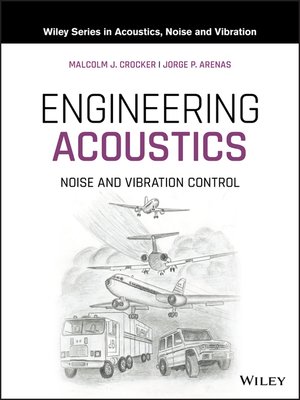Engineering Acoustics
ebook ∣ Noise and Vibration Control · Wiley Series in Acoustics Noise and Vibration
By Malcolm J. Crocker

Sign up to save your library
With an OverDrive account, you can save your favorite libraries for at-a-glance information about availability. Find out more about OverDrive accounts.
Find this title in Libby, the library reading app by OverDrive.



Search for a digital library with this title
Title found at these libraries:
| Library Name | Distance |
|---|---|
| Loading... |
ENGINEERING ACOUSTICS
NOISE AND VIBRATION CONTROL
A masterful introduction to the theory of acoustics along with methods for the control of noise and vibration
In Engineering Acoustics: Noise and Vibration Control, two experts in the field review the fundamentals of acoustics, noise, and vibration. The authors show how this theoretical work can be applied to real-world problems such as the control of noise and vibration in aircraft, automobiles and trucks, machinery, and road and rail vehicles.
Engineering Acoustics: Noise and Vibration Control covers a wide range of topics.
The sixteen chapters include the following:
Readers, whether students, professional engineers, or community planners, will find numerous worked examples throughout the book, and useful references at the end of each chapter to support supplemental reading on specific topics. There is a detailed index and a glossary of terms in acoustics, noise, and vibration.







